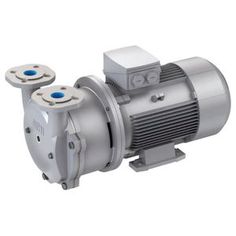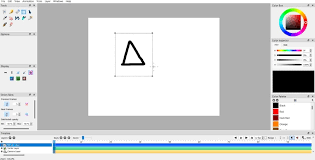How to Make a Vacuum Pump: 11 Steps

A vacuum pump is a versatile and practical tool that can be used for a variety of applications, from degassing wine to vacuum sealing food. While you can easily purchase one, building your own vacuum pump can be an exciting and budget-friendly project. Here are 11 steps to create your very own vacuum pump.
1.Gather materials: Assemble the following items:
– A small electric motor
– An air compressor
– Various fittings (check valve, pressure gauge, hose barbs)
– A plastic or glass container with an airtight seal
– PVC tubing
– Epoxy or strong adhesive
2.Prepare the electric motor: Ensure the motor has adequate power to drive the air compressor. Ideally, choose a motor with similar specifications to what is recommended for the air compressor.
3.Mount the air compressor: Attach the air compressor and electric motor together using appropriate hardware and tools.
4.Connect check valve and pressure gauge: Mount the check valve onto the output side of the air compressor and connect the pressure gauge to it. This allows you to monitor the pressure inside the vacuum pump when it’s working.
5.Attach tubing: Connect a section of PVC tubing from the check valve to your container lid.
6.Prepare your container: Drill a hole in your container’s lid large enough to accommodate your tubing. Ensure that you maintain a snug fit between your tubing and lid for an airtight seal.
7.Seal tubing into place: Apply epoxy or other strong adhesive around the tubing connection on both ends (air compressor and container). This will help keep any leaks from occurring in your system.
8.Connect power supply: Wire your electric motor according to its specifications, including any necessary switches and fuses.
9.Test setup: Turn on your vacuum pump system to ensure everything is functioning correctly without leaks or malfunctions. Keep an eye on the pressure gauge, which should indicate a decreasing pressure inside the vacuum container as the pump operates.
10.Modify as needed: If you face any issues with your vacuum pump’s performance, troubleshoot and make necessary adjustments until it works effectively.
11.Utilize your vacuum pump: Now that you have successfully created your own vacuum pump, put it to use in various applications around your home or workshop! Remember to exercise safety precautions and monitor your pressure levels as necessary.
With these 11 steps, you’ll have a functional and homemade vacuum pump for all your needs. Not only can this be a fun DIY project, but it also provides a cost-effective alternative to purchasing pre-made vacuum pumps. Happy pumping!






